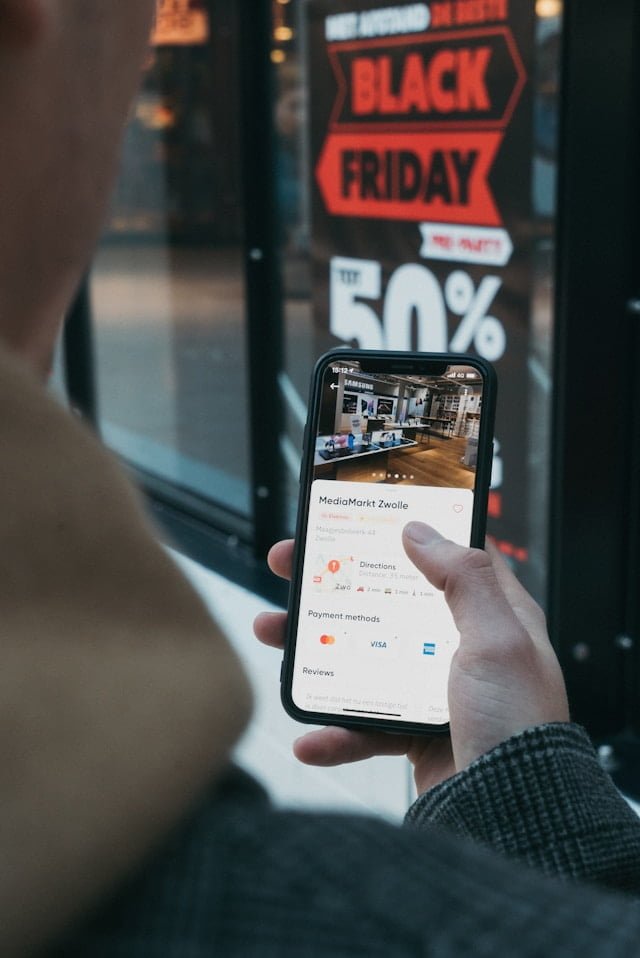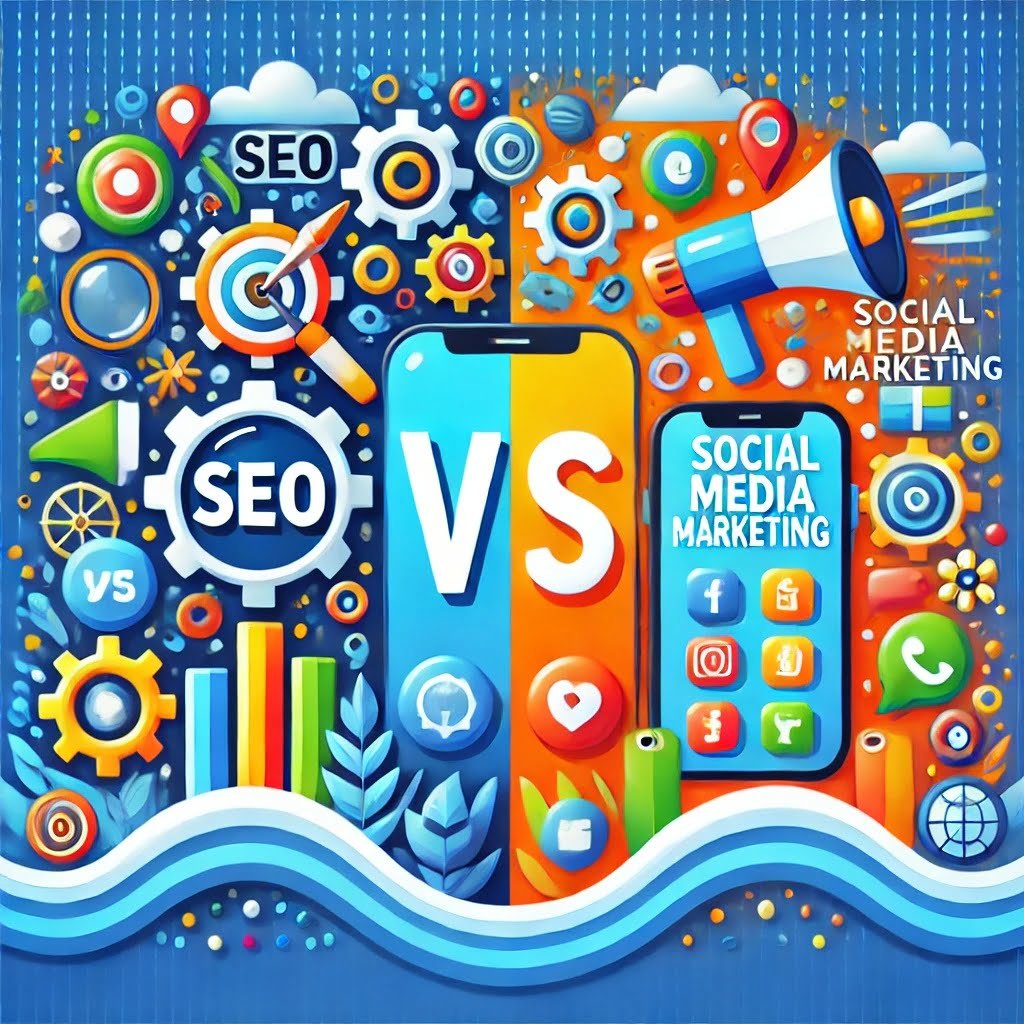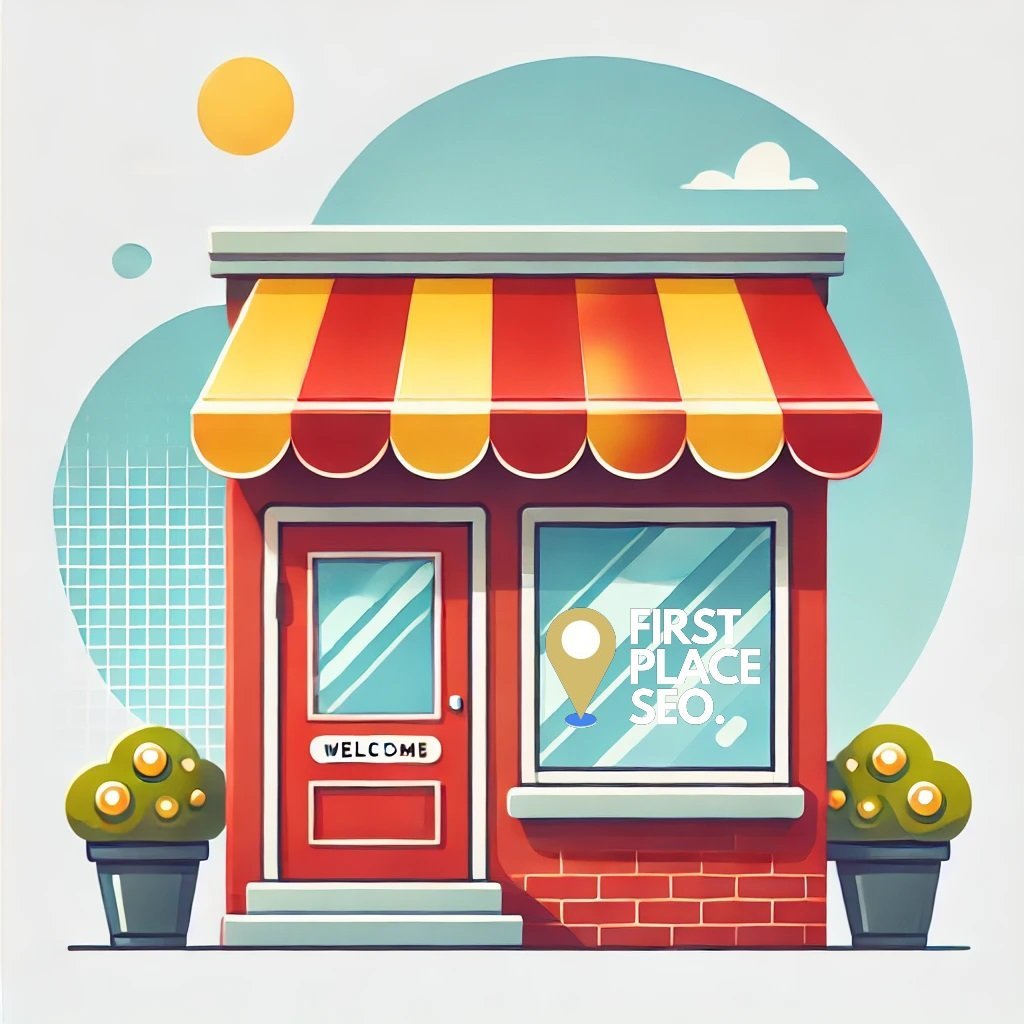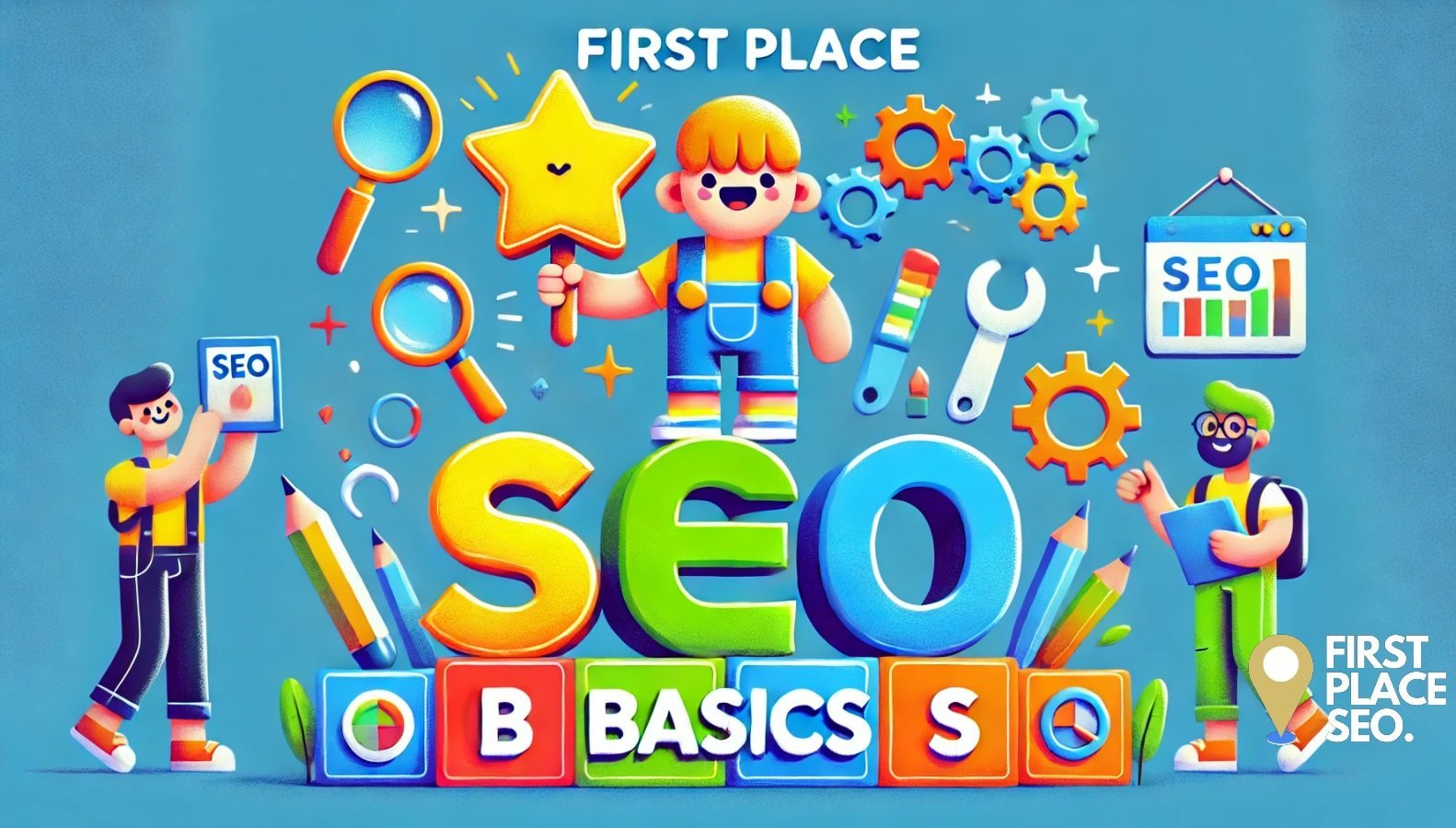
Optimising your e-commerce site’s landing page is a crucial step in maximising conversions and enhancing user experience. A well-crafted landing page not only attracts customers but also encourages them to make a purchase. Below, we explore seven effective strategies to optimise your e-commerce landing page, ensuring it performs at its best.
1. Alleviate Customer Hesitations
Address potential hesitations head-on by showcasing how your product or service eases life, offering limited-time deals, clearly stating your return policy, and displaying customer testimonials and social media engagement. This approach helps build confidence in your offerings, turning leads into loyal customers.
2. Craft Compelling Content
Create engaging, persuasive content that captures the essence of your products without overwhelming visitors with excessive information. Utilize an active tone, concise sentences, and consider the inclusion of product videos to significantly increase the likelihood of purchase.
3. Create Trust with Your Audience
Trust is paramount in converting visitors to customers. Enhance credibility through customer testimonials, social media engagement, showcasing awards, and partnerships. Responding positively to customer feedback and incorporating it into your marketing strategy also bolsters trust.
4. Enhance Site Visuals
A visually appealing landing page is more likely to retain visitors. Opt for a clean, simple design, utilising high-quality product images, and ample white space to focus attention on key elements like call-to-action (CTA) buttons. Real-life product usage images can further increase purchase likelihood.
5. Implement Strong Calls-to-Action (CTAs)
Effective CTAs guide visitors towards making a purchase or taking a desired action. Ensure your CTAs are visible and repeated throughout the page, using compelling language and creating a sense of urgency to prompt immediate action.
6. Optimise for Mobile Usage
With the increasing prevalence of mobile browsing, a mobile-optimised site is essential for reaching a wider audience. Work with developers to ensure your site is responsive, with easy navigation and quick loading times to enhance the mobile user experience.
7. Embrace Continuous Testing
Regular testing and updates are crucial for keeping your landing page relevant and effective. Utilise A/B testing to experiment with different designs, content, and CTAs to find what best resonates with your audience, adapting to market changes and evolving consumer preferences.
Implementing these strategies can significantly improve the performance of your e-commerce site’s landing page, leading to higher conversion rates and a better overall user experience. While some adjustments can be made independently, consulting with professionals can provide additional insights and expertise to maximise your site’s potential.
8. Leverage Social Proof Beyond Testimonials
While customer testimonials are a powerful form of social proof, expanding your approach can further boost credibility. Incorporating real-time statistics such as “X people are viewing this product right now” or “Y customers bought this item this week” adds a dynamic element that can motivate visitors to act, leveraging the “fear of missing out” (FOMO) effect. Showcasing media mentions or expert endorsements can also elevate your brand’s trustworthiness.
9. Simplify the Checkout Process
A streamlined checkout process is critical in converting interested visitors into paying customers. Minimize the number of steps required to complete a purchase and clearly display all necessary information, such as shipping costs and delivery times, upfront. Consider incorporating features like guest checkout options, multiple payment methods (including mobile payment solutions), and a progress indicator to enhance user experience and reduce cart abandonment rates.
10. Personalise User Experience
Personalisation can significantly impact the effectiveness of your landing page by making visitors feel understood and valued. Utilize data analytics and browsing behaviour to display personalized product recommendations, tailored content, or special offers. For instance, showing items related to previous purchases or browsed products can make the shopping experience more relevant and engaging. Personalised welcome messages or location-specific deals can also contribute to a more customized and effective landing page.
Implementing these additional strategies alongside the original seven can provide a more robust approach to optimising your e-commerce site’s landing page. These enhancements focus on deepening trust, simplifying the path to purchase, and tailoring the shopping experience to individual users, all of which are key to increasing conversion rates and fostering long-term customer loyalty.
By continuously analysing performance data and user feedback, you can identify further opportunities for optimization, ensuring your e-commerce landing page remains effective and competitive in the digital marketplace.











